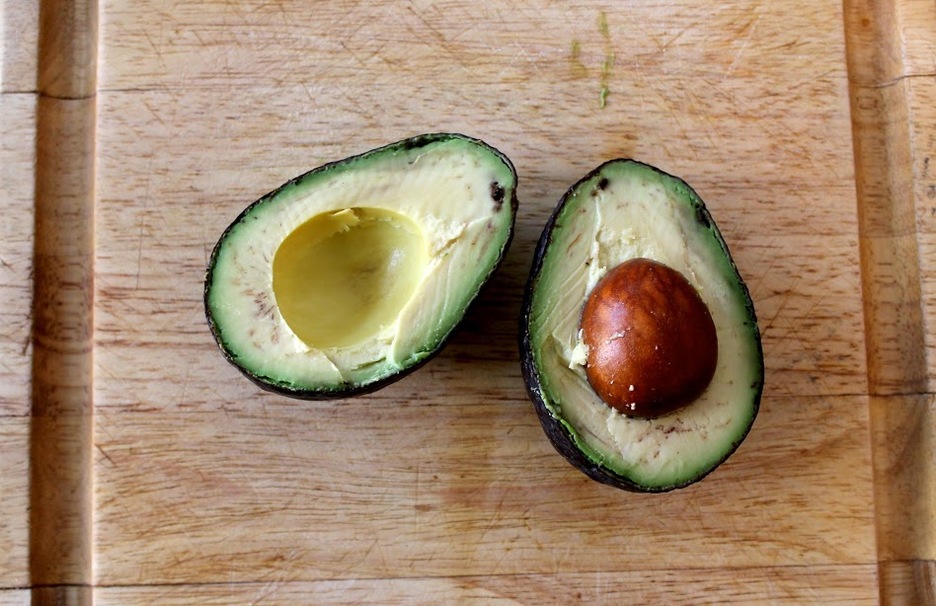Take a walk through the cooking aisle of any grocery store and you’ll notice a plethora of cooking oils you may never knew existed. Oils are present in most, if not all, of the foods we eat. With so many options other than the infamous canola and olive oils, it can be beneficial to learn more about these different oils and which are best for your cooking needs. Here is a guide to the best cooking oils, what to use them for, and why.
Avocado Oil

We eat avocado on our toast, in our salads, and on our sushi, but I bet you didn’t know you could use avocado oil as an alternative for cooking. Full of monounsaturated fats, avocado oil has a high smoke point at almost 520 degrees Fahrenheit! It has a very mild taste, and the smoke point makes it extremely versatile. Try using it for grilling to get more smoke out of your vegetables and meat. Though it is slightly more expensive than some other oils, you’ll find some good deals at stores like Costco and Trader Joes.
Coconut Oil

Coconut oil is quickly rising in popularity, especially among health gurus to make protein energy balls and paleo baked-goods. You can buy coconut oil solid at room temperature and heat it up in the microwave to use it as oil for your cooking needs. Be careful not to exceed its smoke point of 350 degrees, as the consistency may go awry and the taste will disappear. The taste tends to blend well with tropical flavors and foods of Asian influence. Use this oil for low-heat cooking, especially with vegetables or sauces. Also, use coconut oil for making baked goods such as this twist on the original Rice Krispies Treat. It can even serve as a substitute for butter and can be used as a good moisturizer for your skin!
Olive Oil

Despite the other oils available at your disposal, olive oil is still a useful and more nutritious alternative to canola oil. Olive oil is a heart-healthy monounsaturated fat that can be your default oil for just about anything. With a high burning point hovering around 470 degrees, olive oil is best used for cooking eggs, sautéing veggies, and even in salad dressings. Olive oil has a mild flavor and can even be made at home. Chock full of antioxidants and anti-inflammatory qualities, olive oil can be hugely beneficial to your health. It is also frequently used as an alternative for butter on pasta and baking. Count me in!
Extra Virgin Olive Oil
Extra virgin olive oil (EVOO) may not be as versatile as regular olive oil, but the distinctive taste makes it useful for dressings, garnishes, and even as an addition to plain yogurt (try it, you won’t regret it). It is made using a technique called cold pressing, so you can’t heat it up or it’ll lose most of its flavor. If you’re curious about what the extra virgin means, make sure to check this out. Try making your eggs in a touch of EVOO, and drizzle a little on top. You will thank me later.
Canola Oil

Finally, canola oil is by far the cheapest, easiest, and most common oil used in our food. Although canola oil is lacking in flavor, it is extremely versatile because of its high smoke point of 400 degrees. Use this oil in place of olive oil if you’re looking for a lower priced alternative for daily use! Canola oil is a huge ingredient in all of your sweet treats as it helps give your indulgences a great texture. Fun fact: Canola oil is often given a bad rap for its use in genetically modified foods, but it actually has plenty of omega-3 nutrients. Look for brands like this, if you’re looking for a GMO-free product.
Now that we’ve given you a list of the best cooking oils, go on and give them a try with some new recipes!



